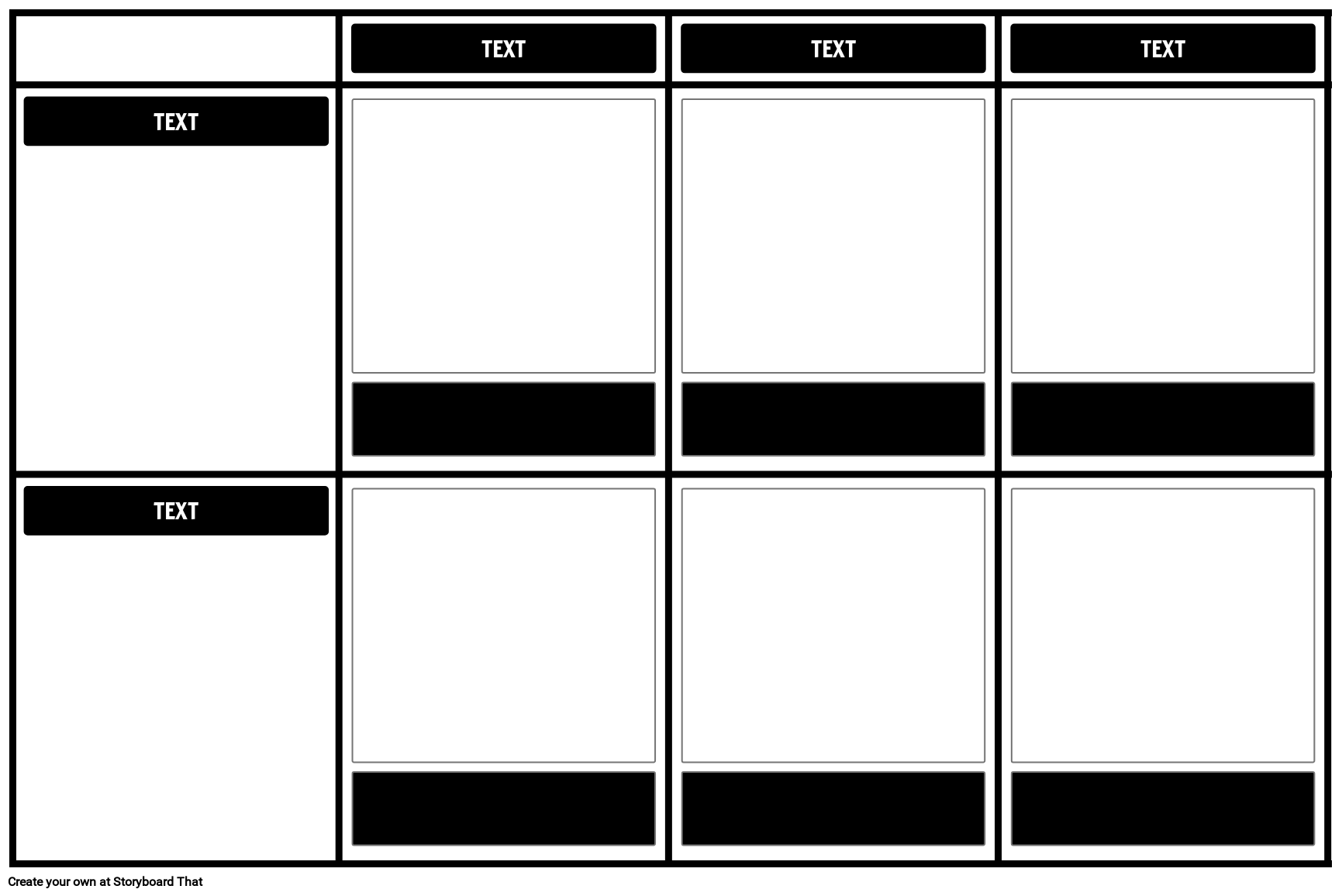Activity Overview
Every person and character has their own perspective, and most people have more than one. In this example, Esperanza is shown with three separate viewpoints: female, young, and Hispanic.
In the book, Esperanza takes a number of different views. One is that of a young girl. She feels that men are more entitled, more powerful, and have easier and better lives. Using a grid layout, show at least three perspectives from the book. It does not have to be from Esperanza’s point of view; there are a number of character sketches. For example: Esperanza’s mother speaks of how she sometimes feels she had wasted her artistic talent.
Girl
Esperanza is a Hispanic girl. She feels as though girls are born getting the short end of the stick. She often talks about how men have it easier.
Hispanic
From her name, to the food she eats, to the ways in which Hispanic men find their wives, Esperanza is sure that her life is different from those who are white.
Young
Being young, Esperanza doesn't feel like she has much control over things. She longs to be older and in charge of her own life.
Template and Class Instructions
(These instructions are completely customizable. After clicking "Copy Activity", update the instructions on the Edit Tab of the assignment.)
Student Instructions
Create a storyboard depicting the differentperspectives characters have in The House on Mango Street.
- Identify three different perspectives for a character.
- Describe the perspective.
- Illustrate each perspective with appropriate characters, scenes, and items.
Lesson Plan Reference
- [ELA-Literacy/RL/6/6] Explain how an author develops the point of view of the narrator or speaker in a text
- [ELA-Literacy/RL/7/6] Analyze how an author develops and contrasts the points of view of different characters or narrators in a text
Rubric
(You can also create your own on Quick Rubric.)
First person point of view. First person is when “I” am telling the story. The character is in the story, relating his or her experiences directly.
Second person point of view. The story is told to “you.” This POV is not common in fiction, but it’s still good to know (it is common in nonfiction).
Third person point of view, limited. The story is about “he” or “she.” This is the most common point of view in commercial fiction. The narrator is outside of the story and relating the experiences of a character.
Third person point of view, omniscient. The story is still about “he” or “she,” but the narrator has full access to the thoughts and experiences of all characters in the story.
Create a storyboard that identifies each point of view and describes each using a written explanation and an illustration.
| Proficient 25 Points | Emerging 19 Points | Beginning 13 Points | |
|---|---|---|---|
| Identify the Points of View | The student identified all points of view the author employed in the novel correctly. | The student identified most of the points of view. | The student did not identify the correct point of view, |
| Written Explanations | Text descriptions clearly explain the points of view used in the novel and described the differences in their perspectives. | Text descriptions explain the points of view, but may lack clarity. | Text descriptions do not accurately describe the points of view. |
| Storyboard Images | Illustrations show scenes clearly connected to the point of view and perspective described and use visual elements to show a difference between perspectives. | Illustrations show scenes connected to the point of view and perspective described but may be simplistic or lack detail. | Scenes do not clearly describe the points of view employed in the novel. |
| Effort and Editing | Work is complete, thorough, and neat. Spelling and grammar are correct. | Most of the sections of the storyboard were at least attempted and work is presentable. The text contains some errors in spelling and/or grammar. | Storyboard is unfinished and/or disorganized. The text contains many errors in spelling and/or grammar. |
More Storyboard That Activities
House on Mango Street, The
© 2024 - Clever Prototypes, LLC - All rights reserved.
StoryboardThat is a trademark of Clever Prototypes, LLC, and Registered in U.S. Patent and Trademark Office










